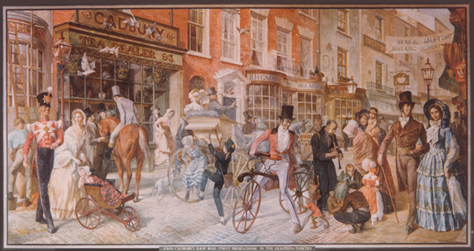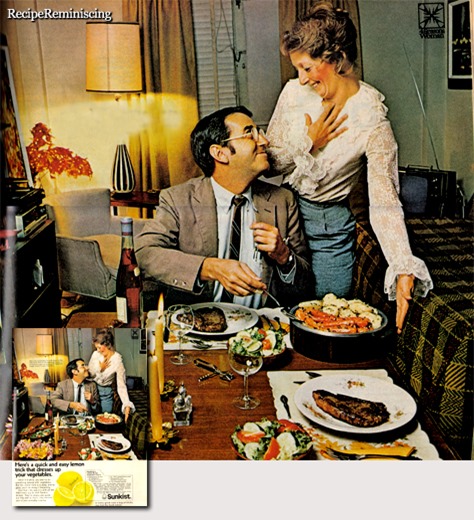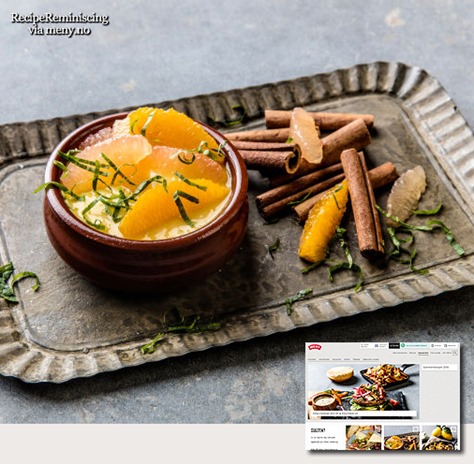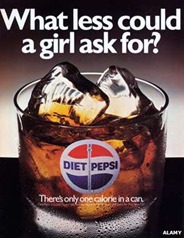An article by Mary Miley Theobald at history.org
Some historians think that chocolate drinking spread from England to its North American colonies, but it seems more likely that it came directly in ships that plied the trade routes from the West Indies to the major colonial ports of Boston, Philadelphia, New York, and Newport, Rhode Island. Whatever the route, chocolate arrived in English North America at about the same time it arrived in England. It was available as chocolate nuts, as shells, and in processed “chocolate cakes,” lumps of grated powder and sugar ready to be stirred into boiling water, mixed with whatever ingredients one preferred, and frothed with the little hand mill.
Those who bought the cacao seed had to roast and grind the chocolate themselves or, more likely, have their servants or slaves do the tedious job. Those who, like Martha Washington, purchased the cacao shells, steeped them in hot water to make a thin chocolaty drink that was easier on the stomach than oily chocolate.
According to Jim Gay, most chocolate was processed in the northern colonies, in New England, Philadelphia, and New York. It was sold in its various forms in general stores and grocers’ shops. In pre-Revolutionary Williamsburg, unsweetened chocolate went for about two shillings sixpence per pound, slightly more than a free unskilled laborer or sailor earned in a day. Obviously, few of those men drank chocolate. Prices fell, however, and by the nineteenth century, it had become cheap enough to be given to slaves.

Nobilities drinking chocolate in Mrs White’s Chocolate House in London.
Its perceived medicinal value made chocolate a natural product for apothecary shops. It was considered nourishing for the sick as well as an aid to digestion and was believed to promote longevity, help lung ailments, energize the body, cure hangovers, suppress coughs, and, as mentioned, stimulate the libido. For that reason, the Virginia  Almanac of 1770 cautioned women against it, warning “the fair sex to be in a particular manner careful how they meddle with romances, chocolate, novels, and the like,” especially in the spring, as those were all “inflamers” and “very dangerous.”
Almanac of 1770 cautioned women against it, warning “the fair sex to be in a particular manner careful how they meddle with romances, chocolate, novels, and the like,” especially in the spring, as those were all “inflamers” and “very dangerous.”
“This was very much ignored,” Jim Gay says. “Women were the main consumers of chocolate. Children were denied chocolate because it was a stimulant.” But it was this sexy reputation that caused chocolate to become associated with love, Valentine’s Day, sinful pleasures, and decadence.
Ben Franklin recommended chocolate as a cure for smallpox in Poor Richard’s Almanac of 1761; Doctor Benjamin Rush did the same in his  medical texts. Thomas Jefferson thought chocolate would overtake tea and coffee as the American beverage of choice. In a letter of November 27, 1785, to John Adams he wrote, “The superiority of chocolate, both for health and nourishment, will soon give it the preference over tea and coffee in America which it has in Spain.” In this he was mistaken. Chocolate drinking would soon decline in favor of chocolate eating.
medical texts. Thomas Jefferson thought chocolate would overtake tea and coffee as the American beverage of choice. In a letter of November 27, 1785, to John Adams he wrote, “The superiority of chocolate, both for health and nourishment, will soon give it the preference over tea and coffee in America which it has in Spain.” In this he was mistaken. Chocolate drinking would soon decline in favor of chocolate eating.
By the late eighteenth century, a very few, very wealthy Americans were eating chocolate as food. Not the creamy sort of milk chocolate candy bars we know today—those would not exist until the nineteenth century—this rather gritty chocolate was shaved and cooked into puddings, pies, and tarts and served as a side dish at dinner. It was also mixed into creams and ice creams and almond-shaped candies and served at the finest tables as part of the dessert course.
North America’s first cookbook, printed in 1742 in Williamsburg by William Parks, publisher of the Virginia Gazette, contained but one chocolate recipe: “chocolate almonds.” The list of ingredients included 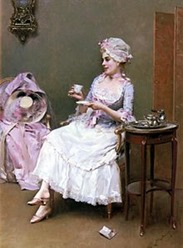 no almonds; the word merely reflected the shape of the chocolate, which was mixed with sugar, orange flower water, and a binder. Today we might call it a chocolate drop.
no almonds; the word merely reflected the shape of the chocolate, which was mixed with sugar, orange flower water, and a binder. Today we might call it a chocolate drop.
Gay’s research turned up other Virginia chocolate recipes in manuscript form, sometimes written by an unknown housewife. One of these mixes sugar, chocolate, and almonds, then directs the cook to use cochineal to color them red, saffron for yellow, “Stone blew” for blue, and “the Juice of Spinage” for green. Gay calls this “the eighteenth-century ancestor of M&Ms.”
 Chocolate did not really become a food until the middle of the nineteenth century. The pivotal date was 1828, when a Dutchman, Casparus Van Houten, invented a machine for manufacturing powdered low-fat cocoa. Chocolate beverages became easier and cheaper to make, leading to what some have called the democratization of chocolate.
Chocolate did not really become a food until the middle of the nineteenth century. The pivotal date was 1828, when a Dutchman, Casparus Van Houten, invented a machine for manufacturing powdered low-fat cocoa. Chocolate beverages became easier and cheaper to make, leading to what some have called the democratization of chocolate.
In 1847, an English chocolate maker that had been in business almost a hundred years, J. S. Fry and Sons, developed the first molded chocolate bar. A Swiss, Henri Nestlé, figured out in 1867 how to make powdered milk by evaporation, and another Swiss, Daniel Peter, came up with the idea of blending Nestlé’s powdered milk with chocolate in 1879. The milk chocolate candy bar was on its way.


